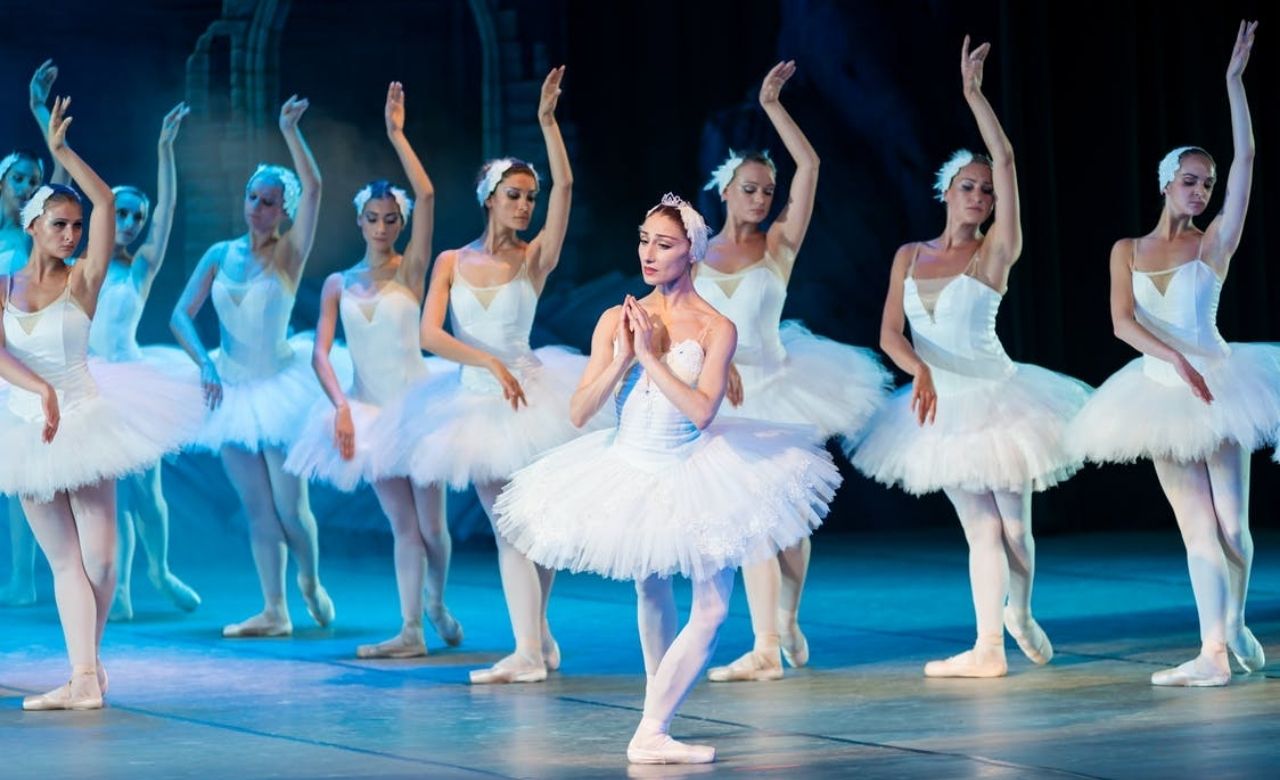
There are many forms of dances in the world to choose from, such as hip hop, jazz, folk, ballroom, Irish dances, and others. They stand out in their own right depending on one’s interest in movements and music.
However, if we shall talk about a distinct and unique form of dance that requires mastery, elegance, and consistency, there is one type of dance that takes the credit. It depicts a distinct sense of harmony, pleasant, and elegant moves that leave everyone in awe and longing for more when witnessed—ballet.
What is Ballet?
Ballet is a form of artistic dance that is performed alongside relevant music. A ballet dancer takes over the stage with highly practiced and well-prepared steps and gestures that mirror what the message of the music wants to portray. Often performed with pointed shoes that barely touch the flooring and a classical tutu dress that highlights the grand steps, ballet dancers should be graceful, charismatic, and expert in doing flexible yet harmonious movements. Dancing this type requires patience, mastery, and discipline as it is not learned overnight.
It began as a dance only performed in courts and then eventually turned into grand performances in stages. Ballet dancing highlights five dancing positions and is being executed with edgy foot rotations and graceful hand and body gestures that cultivate the audience’s emotions and feelings.

Where did ballet come from?
The origin of ballet is not a secret to many. Ballet started in 15th century western Europe in Italy. The dance then spread influence in France at a time when Italian nobles tied the knot with French nobles. The first supporter of the ballet dance was Catherine de Medici, wife of King Henry II of France, who believed in the dance. She even used her investment money in support of ballet companies.
As more and more people became aware of this type of dance, the ballet was able to spread beyond Italy and France. Come the 17th century, people began to see professional ballet academies in several Western European cities, specifically in Paris where beginners could enroll and learn from experts.
During these times, the ballet was associated with the opera. This explains why ballet is interlinked with storytelling. Eventually, the two forms of art separated. The practice of ballet then adapted the idea of storytelling while dancing became more consistent.

Ballet through the centuries
Russia began welcoming ballet in the 19th century. It reached a certain degree of popularity when classic ballet performances like Sleeping Beauty, The Nutcracker, and Swan Lake became a great investment for producers. Russians loved the form of dance so well that they contributed an immense deal in ballet technique evolution. It was also a time when female ballet dancers became more dominant in the arena.
Russians play a vital role in the continued rise of ballet dance in the 20th century. Russian choreographers and dancers such as Diaghilev, Fokine, and, Nijinsky were some of the many movers and shakers of the dance in the 20th century. Specifically, Nijinsky’s Rite of Spring or Le Sacre du Printemps. which also featured Russian Igor Stravinsky, was one of the great ballet performances that sent electricity and excitement running throughout the audience. While these three are said to be Russia’s notable ballet personalities, it was another Russian ballet enthusiast who put the dance into greater light.

As the century drew to a close, Russian migrant George Balanchine paved the way for the ballet to enter America. Since then, Balanchine was regarded as one of the great contributors of neoclassical ballet in the country. He expanded choreography and dance techniques in ballet and made it two equal measures that need to work together to deliver a magnificent ballet performance.
Today in the 21st century, many still regard the neoclassical ballet as their sole basis of ballet dancing. However, many ballet choreographers incorporate newer techniques that go with the current trends. They also give credit to the fact that non-ballet techniques inserted into performances also make the dance relevant and adapting, proving that the dance is in continuous progress and evolution.
Photo Credits:
Cover Pexels
Photo 1 Pexels
Photo 2 Pexels
Photo 3 Wikimedia Commons

